How to remove stains from pillows and pillowcases
22nd Sep 2025
Pillows and pillowcases are essential for a good night's sleep, but they often bear the brunt of our nightly routines.
From sweat to oils from our hair and skin, pillows can accumulate a variety of stains. Not only do these stains look unsightly, but they can also harbour bacteria and allergens (which can affect your health). Here’s a friendly guide to help you tackle those pesky stains and keep your bedding fresh and hygienic.
What Are Those Big Dark Stains in Your Pillowcase?

If you've noticed big dark stains on your pillowcase, you're not alone. These stains can raise some concerns, but understanding their potential causes can help in addressing them effectively. Here are some common reasons for dark stains on pillows:
● Oils from Hair and Skin: Natural oils and hair products can seep into the pillow, leading to dark, greasy spots.
● Sleeping with Wet Hair: This is one of the most common causes of pillow stains. Wet hair can transfer water, oils, and hair products to the pillow, leading to noticeable dark patches.
● Sweat Accumulation: Over time, sweat can penetrate the pillow's fabric and fill, leading to large, dark stains.
● Skincare Products: Moisturisers and other skincare items can also leave residues.
● Saliva: Drooling in your sleep can leave noticeable marks.
● Makeup: Forgetting to remove makeup before bed can result in smudges and stains.
● Mould or Mildew: If pillows are stored in a damp environment or not dried properly after washing, mould or mildew can develop, resulting in dark stains and a musty smell.
These stains not only discolour the fabric but can also contribute to unpleasant odours and potential skin irritations. Identifying the cause of the stains is the first step in treating and preventing them effectively.
How to Clean Pillows That Have Turned Yellow Over Time
Yellowing of pillows over time is a common issue due to the accumulation of sweat, oils, and other residues. Here’s how to restore your pillows to their former glory.
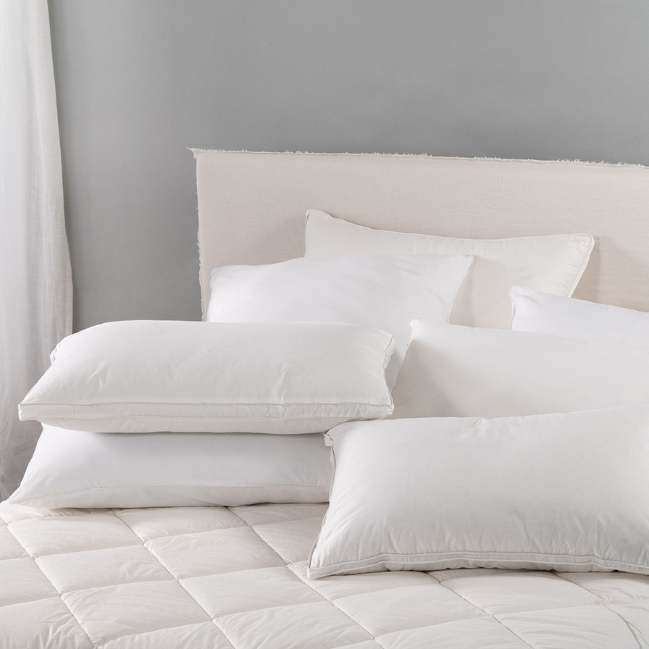
1. Check the Care Label: Before you begin, always check the care label on your pillow for specific washing instructions.
2. Pre-treat the stains:
● Baking Soda: Sprinkle baking soda over the yellow stains and let it sit for 30 minutes to absorb oils and odours.
● White Vinegar: Mix a solution of equal parts white vinegar and water. Spray the solution onto the stains and let it sit for 15 minutes.
3. Wash the Pillow: Wash your pillow either by hand or in the washing machine on a gentle cycle with cold or lukewarm water and a small amount of mild detergent. We recommend using Signature Concentrate Laundry Liquid. Add a cup of white vinegar to the wash to help break down the yellow stains
4. Dry the Pillows: Air dry your pillows. Ensure the pillow is completely dry to prevent mould and mildew.
5. Additional Tips:
● For memory foam pillows, avoid submerging them in water. Instead, spot clean with a damp cloth and mild detergent.
● Regularly expose your pillows to sunlight to help keep them fresh and reduce yellowing.
Our picks
How to Treat Stains on Pillowcases
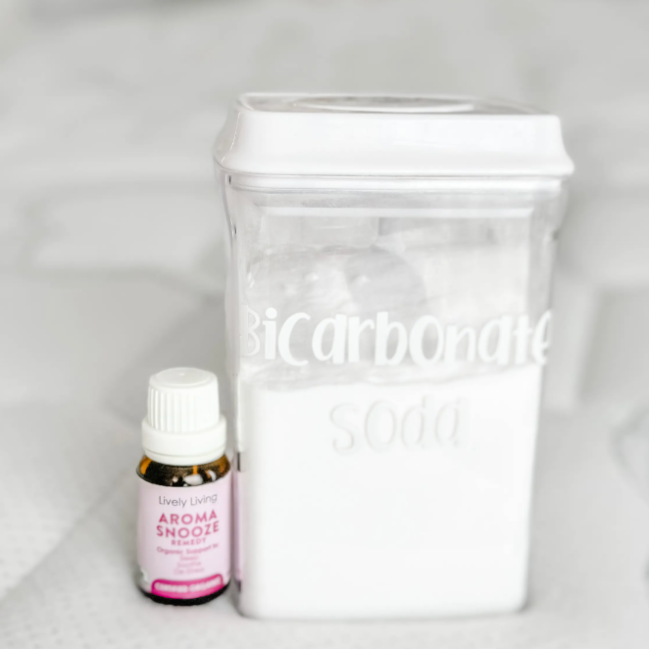
When it comes to stain removal, the first step is identifying the type of stain. Once you know what you're dealing with, you can choose the appropriate treatment method. Here are some common household items that work wonders on stains:
● Baking Soda: Great for absorbing oils and neutralising odours.
● White Vinegar: Effective in breaking down sweat and other organic stains.
Our Pick
Specific Methods for Different Stains
● Sweat Stains: Mix equal parts of baking soda and water to form a paste. Apply it to the stain, let it sit for 30 minutes, then rinse with cold water.
● Makeup Stains: Dab the stain with a cotton ball soaked in micellar water. Let it sit for 10 minutes before washing as usual.
● Drool & Saliva Stains: Soak the pillowcase in a mixture of white vinegar and cold water for 15-30 minutes, then wash normally.
Our Pick
How to Wash Your Pillows
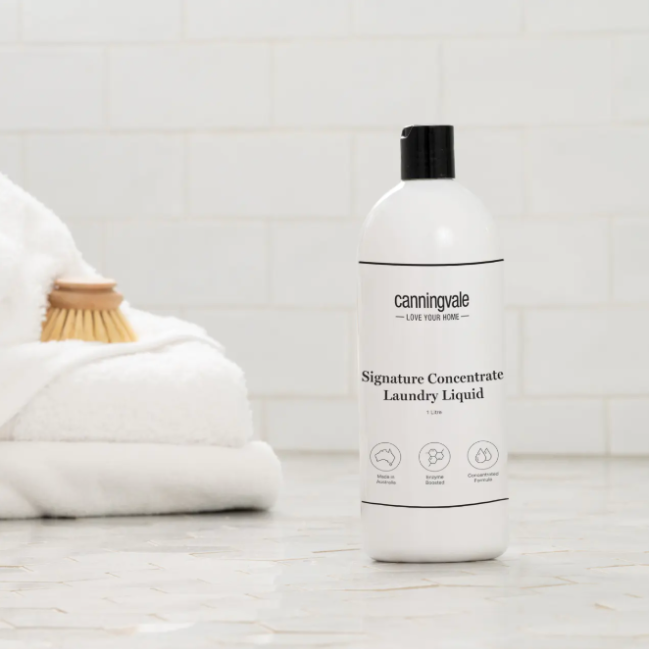
Washing pillows might seem daunting, but it’s essential for hygiene. The method depends on the type of pillow:
● Microfibre Pillows: These can usually be machine washed. Use a gentle cycle with warm water and a mild detergent. We recommend using the Signature Concentrate Laundry Liquid.
● Down or Feather Pillows: Use a gentle cycle with cold or lukewarm water and a small amount of mild detergent.
● Memory Foam Pillows: Spot clean with a damp cloth and mild detergent. Avoid submerging in water, as it can damage the foam.
For those with Canningvale pillows, you’re in luck! Most Canningvale pillows are machine washable, making maintenance a breeze. Always check the care label on your pillows for specific instructions.
Our picks
How Often You Should Wash Your Pillows and Pillowcases
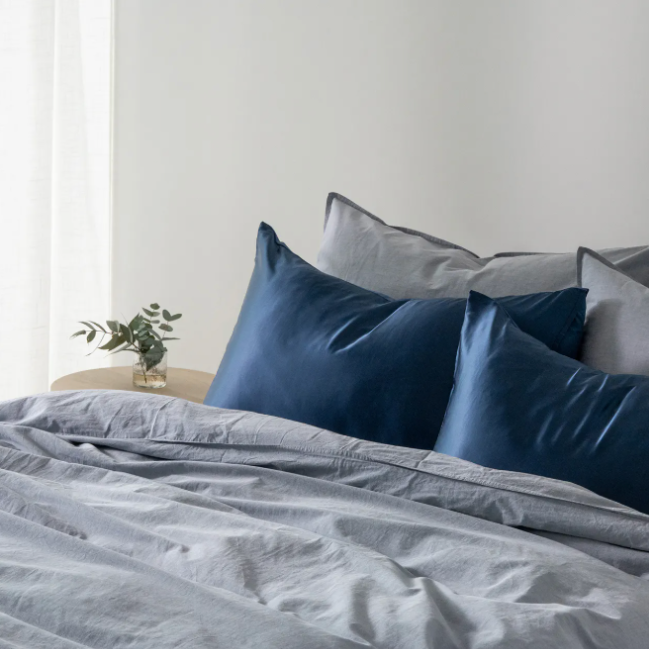
Regular cleaning is crucial for maintaining the longevity and hygiene of your bedding. Here's a quick guide on how often you should wash them:
● Pillowcases: Aim to wash your pillowcases weekly. They come in direct contact with your skin and hair, making them more prone to accumulating oils, sweat, and other residues.
● Pillows: Depending on the type, pillows should be washed every 3-6 months. This helps to eliminate dust mites, bacteria, and any deep-seated stains or odours.
Following a consistent washing schedule ensures a clean and healthy sleep environment, reducing the risk of allergies and improving overall sleep quality.
For more detailed care instructions, check out our article on How often should you wash your pillows?
Our picks
How to Avoid Stains on Pillows and Pillowcases
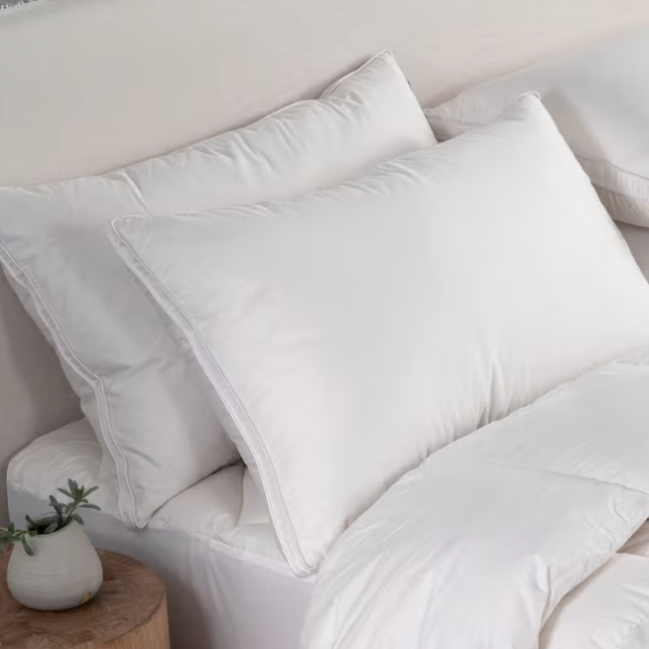
Prevention is always better than cure. Here are some tips to help you avoid stains on your pillows and pillowcases:
● Remove Makeup Before Bed: Always remove your makeup before going to sleep to prevent transferring it onto your pillowcase.
● Shower Before Bed: Washing your face and hair before bed can help reduce the amount of oil and dirt that gets transferred to your pillow. Make sure your hair is completely dry before getting into bed.
● Use a Pillow Protector: A pillow protector acts as a barrier between your pillowcase and the pillow, absorbing sweat and oils before they reach the pillow.
● Change Pillowcases Frequently: Changing your pillowcases more often can help reduce the buildup of stains and keep your pillows cleaner.
● Maintain Good Night-time Hygiene: Regularly washing your hair and face can reduce the transfer of oils and other substances to your bedding.
Our pick
Additional Tips for Maintaining Clean Pillows and Pillowcases
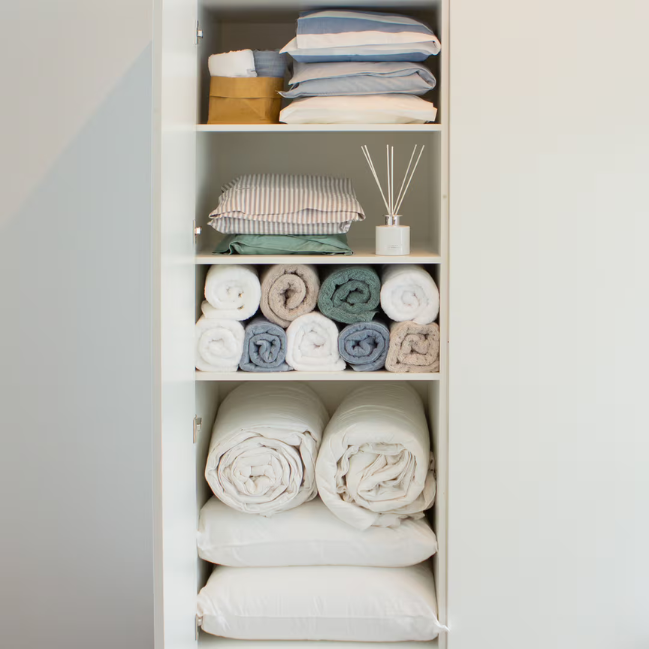
Proper Storage and Care: Store pillows in a cool, dry place and ensure they are completely dry before putting them back on the bed to prevent mould and mildew.
Keeping your pillows and pillowcases clean is essential for a comfortable and healthy sleep environment. By understanding the common causes of stains and knowing how to treat, wash, and prevent them, you can ensure a fresh and inviting bed. So next time you notice a stain, don’t stress—just follow these tips, and you’ll be well on your way to sweet dreams.
Are you ready to upgrade your sleeping experience with our pillows? Share your picks with us at @Canningvalelove

 Bedroom Clearance
Bedroom Clearance







 Australian Dollar
Australian Dollar
 New Zealand Dollars
New Zealand Dollars
 US Dollars
US Dollars
